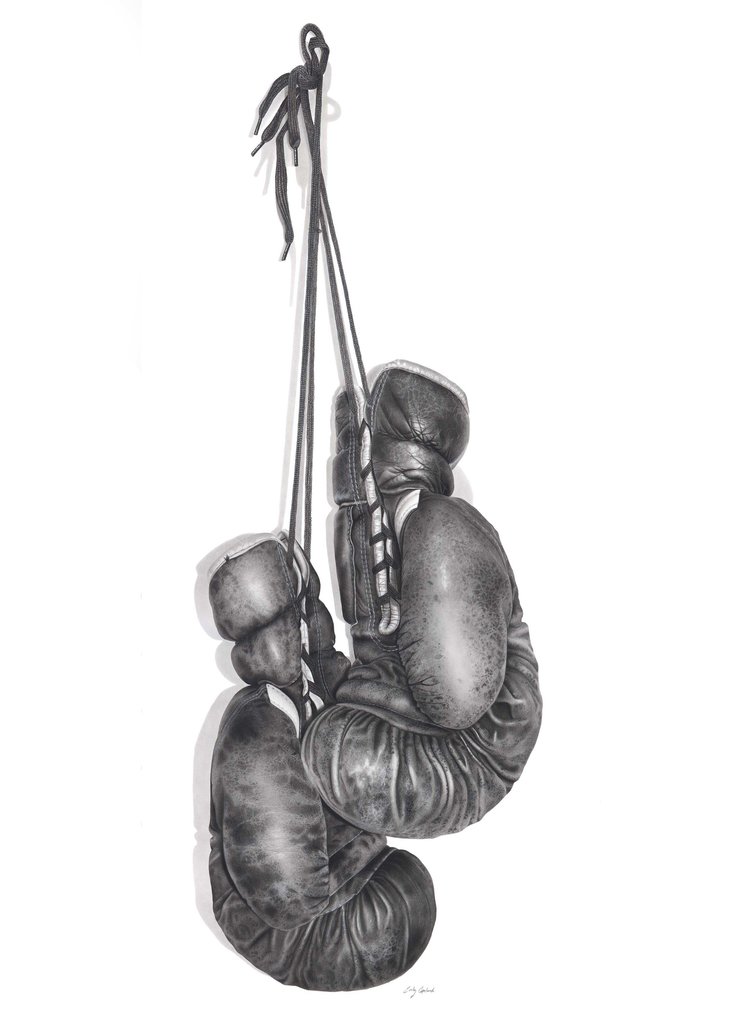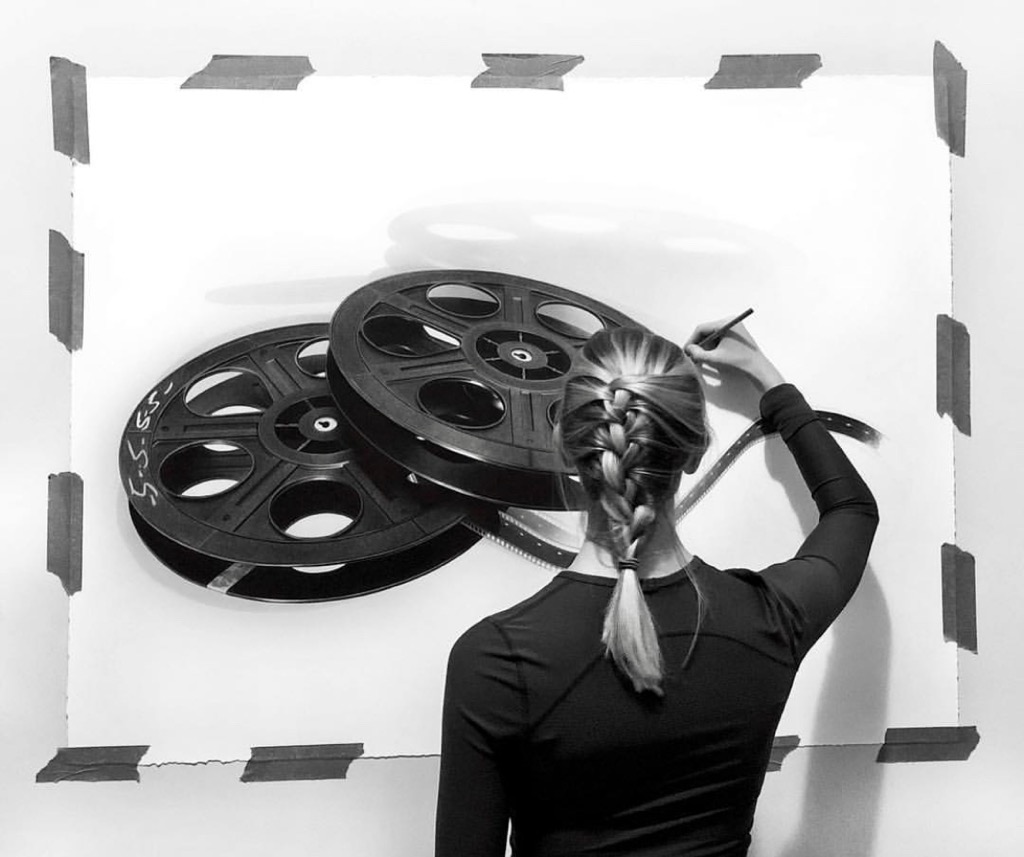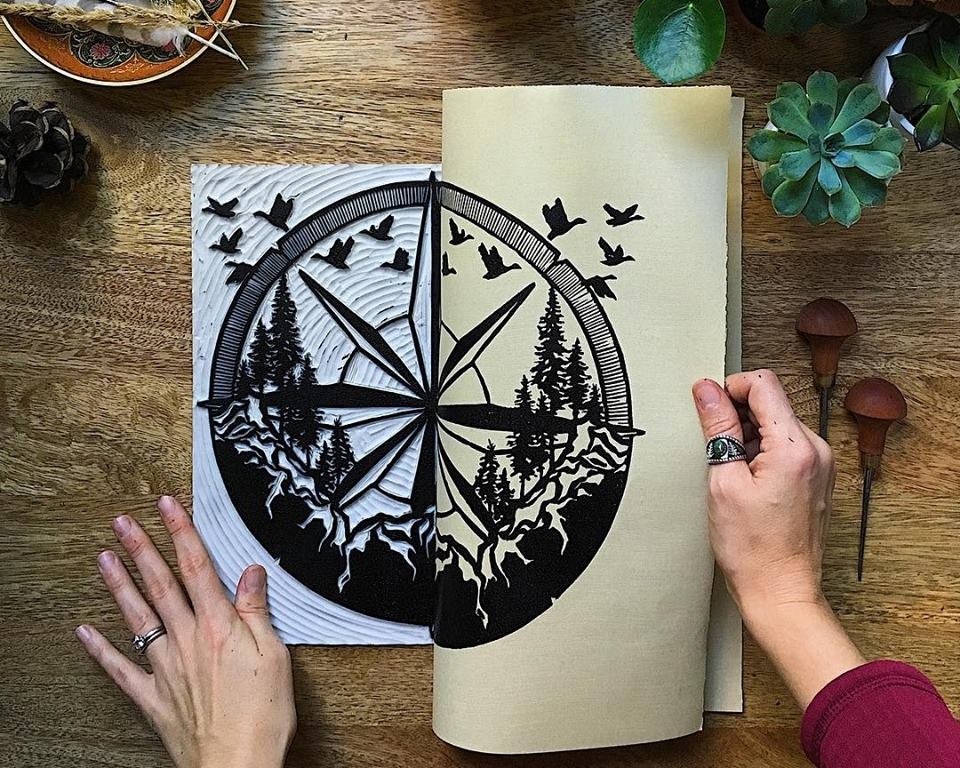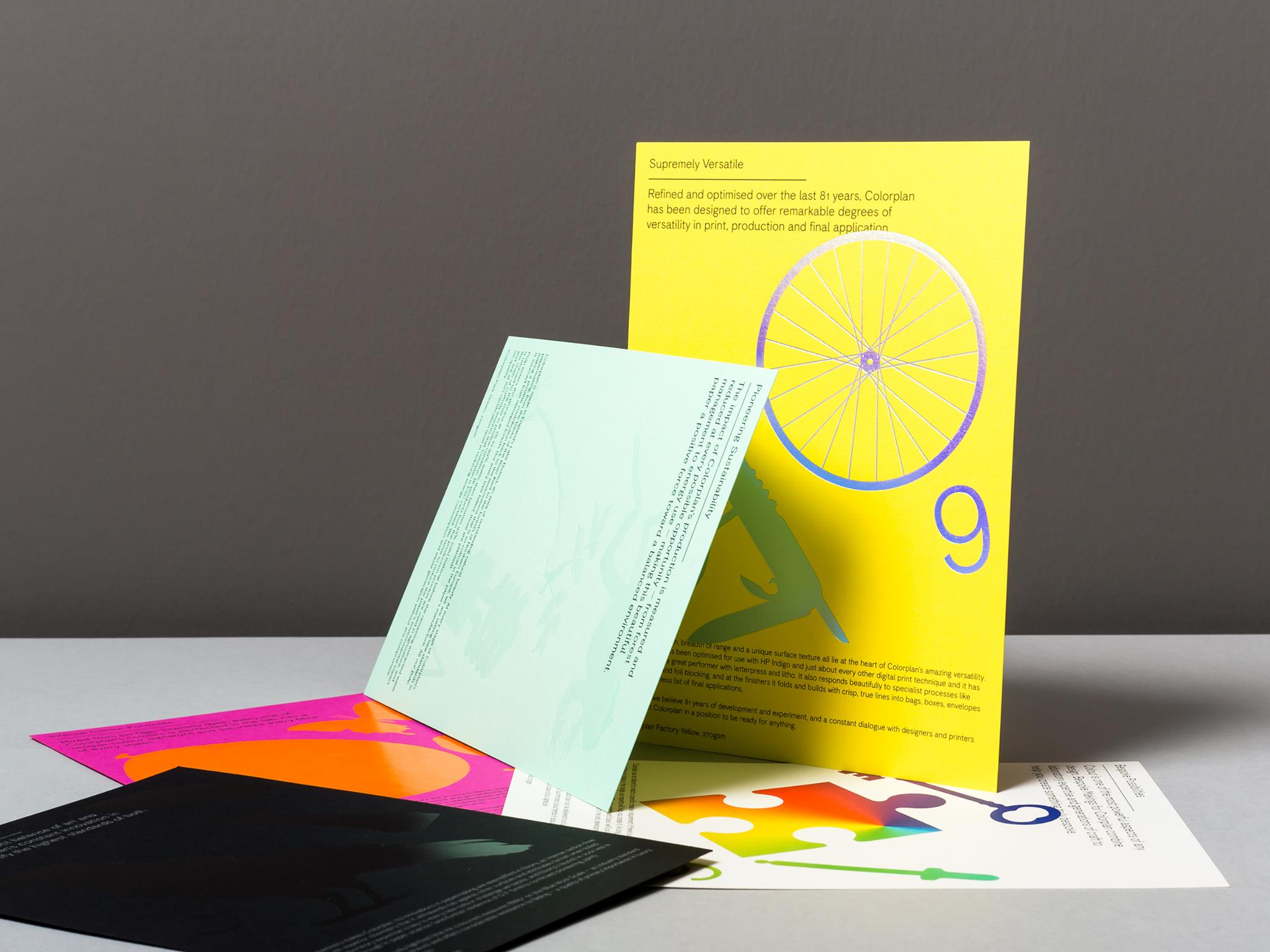From the Artists.
Emily Copeland is a Canadian charcoal artist specializing in realism. Mainly working with charcoal, she focuses on recreating objects on a larger scale.
The detail in Emily’s work is incredible, and we’re proud her work is on Stonehenge. Learn more about Emily Copeland’s work and why she chooses Stonehenge for her vintage charcoal drawings.
Tell us about your yourself and your art. What’s your style of art?
{EC} I concentrate on detailed vintage or retro objects as my subject matter. The elements within my drawings are blown up much larger than life size to give it a surreal effect. This gives the audience a unique viewpoint that exposes detail they wouldn’t normally see. I also attempt to bring vintage objects into a modern context by conveying them on plain, clean backgrounds.
I often choose to let the meaning behind each piece remain anonymous, as this gives each audience members the ability to find their own unique meaning throughout each piece. My intentions behind this is because I think everyone can find their own personal interpretation to each work of art, and it should never be restricted to only one viewpoint.
With each different series, I hope to please a wide range of audiences with the objects I’ve chosen.
Where did it all start?
{EC} I got into art at a very young age, although it was never something that I planned to do as a career. I’ve always attended schools that specialized in the arts, but it was more of a hobby than anything. I was big into painting, but I didn’t really know what direction I was going with it. It wasn’t until my fourth year of university, when I discovered Stonehenge paper and charcoal together, when I knew I had found my mediums that I wanted to continue working with.
What is your go-to paper for your work?
{EC} White Stonehenge paper, 250 gsm, is my go to paper, and has been for 4 years now. I love that it comes in pre-cut sizes and in rolls, so I can work in any size I desire. I’m the type of person who finds something that I like/ that works, and I stick with it, so Stonehenge paper is always my desired choice.
How does this paper work for your specific style?
{EC} Stonehenge paper is a fantastic paper to work with all around. I love that it’s versatile and thick, so when I am working on a larger scale, I don’t have to worry as much about ripping or creasing as easily as thinner papers. It’s also durable in the sense that erasing rarely ruins its soft texture. As far as paper goes, it’s pretty forgiving in that way. You can make light mistakes and still recover. Stonehenge’s even surface also has a slight grip to it. It allows my charcoal to go on smoothly and for me to capture small detail, while also allowing me to layer my charcoal without having any build up. The cotton fibers really absorb your medium, making shading really easy. Additionally, the texture leaves the tiniest specks of untouched paper throughout which help to give volume to the objects I'm drawing. This is the perfect paper for my photorealistic drawings.
What do you look for in a paper? Do you have specific requirements?
{EC} I look for paper that receives my medium well. The 100% cotton fibers in Stonehenge really absorb the charcoal that I use, and allow easy layering and shading. I also rely on versatility. The paper has to be thick and sturdy, while also being light and thin enough that I can roll it into a tube for shipping purposes. Additionally, I look for paper that is acid free with a neutral pH, because it ensures me that my drawings will be preserved for long periods of time.
What are your future plans for your art? Any upcoming events?
{EC} I just finished having my second solo show at Bernarducci Gallery in Chelsea, Manhattan. The show ran for 6 weeks, starting at the beginning of March. Now the focus is to rebuild my portfolio for the next 1 or 2 years so I can take part in more group shows and be on my way to having my third solo show in NYC.
I’m preparing to start working larger than I ever have before, so I’m really excited for the challenge. I just received my 50-inch by 10-yard roll of Stonehenge from Legion Paper and I’ve already photographed several objects that are going to be larger than life. I’m looking forward to pushing myself with these next few projects.
In the next couple of years, I’m eager to start showing my work more internationally as well, hopefully over seas in some art fairs and group shows. I’m only in the 3rd year of my career, so I’m excited to see what the future holds.




























